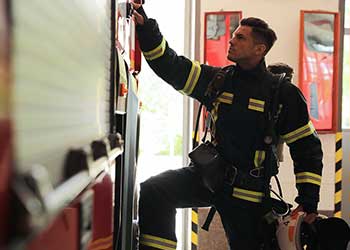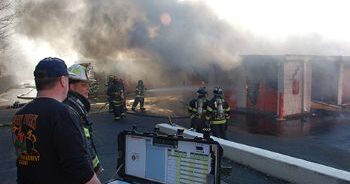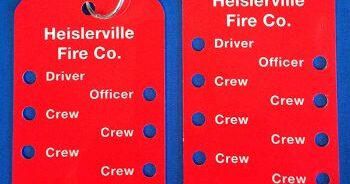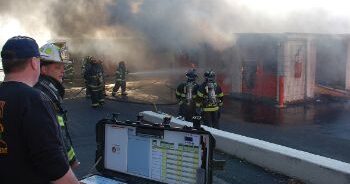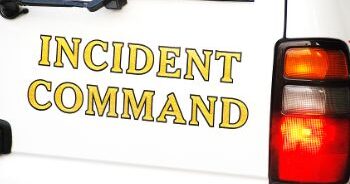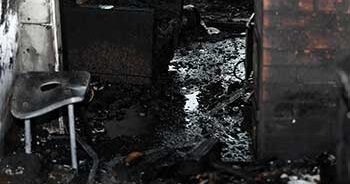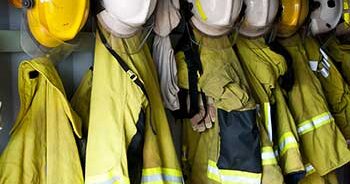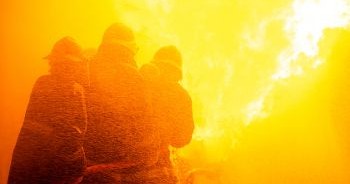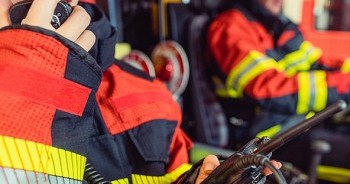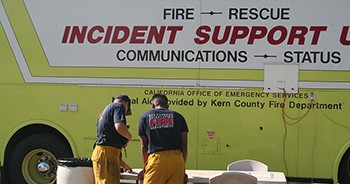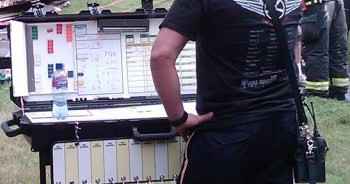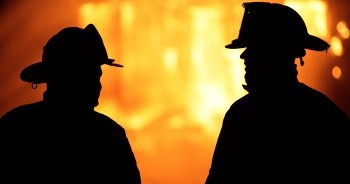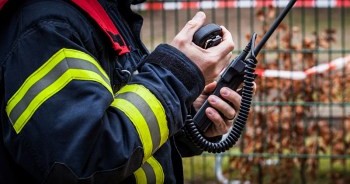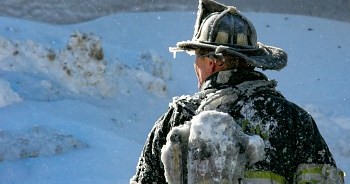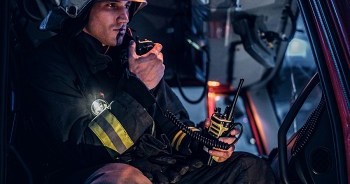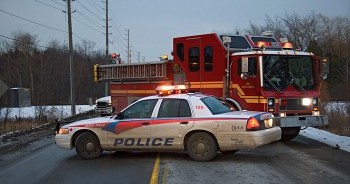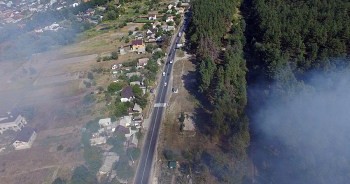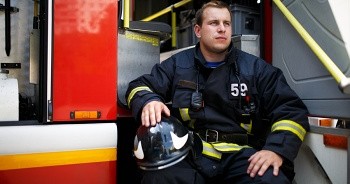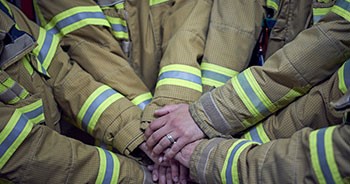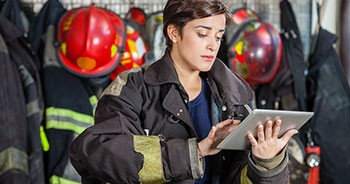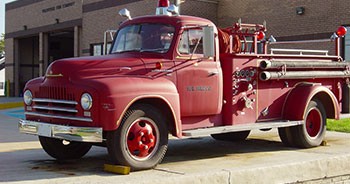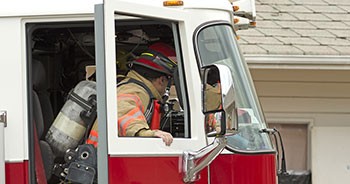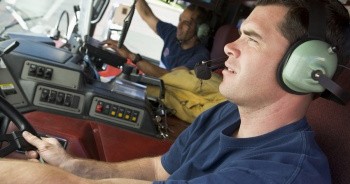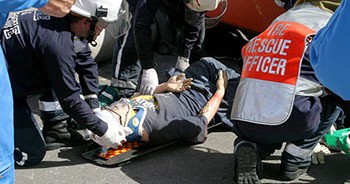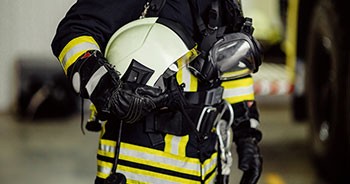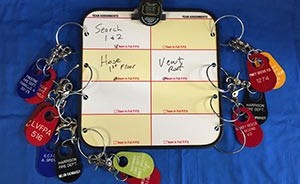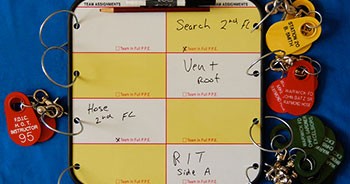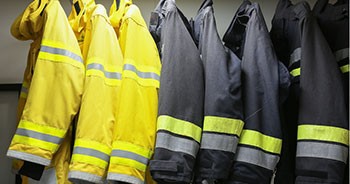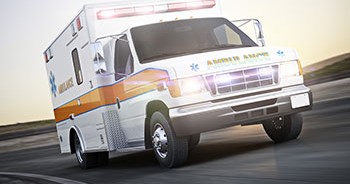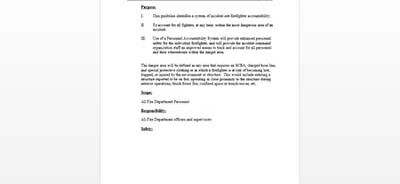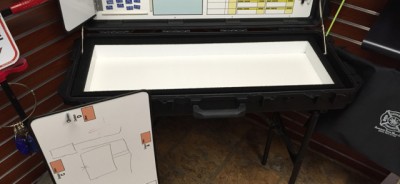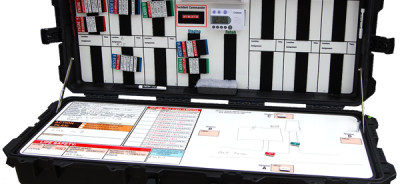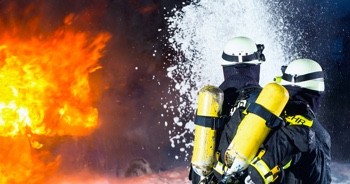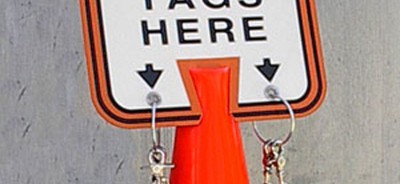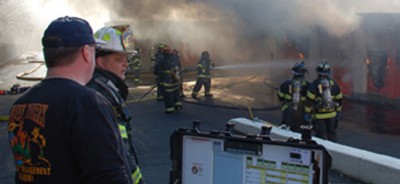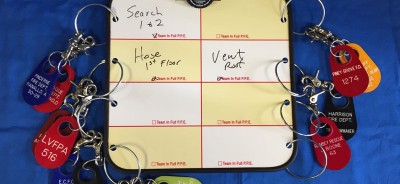The 3 Keys to Fireground Safety – Preparation, Communication and Training
Our team at the New Jersey-based American Trade Mark company knows that a firefighter’s career is made up of hundreds of safe individual runs to a fireground each time those alarm bells go off. Fireground safety requires systems and routines; therefore, we provide several tools to help commanders and crews stay safe. Fire departments should use incident command systems plus equipment tag systems routinely to keep units safe.
- Preparation Is Your Responsibility
- Consistency Is Key In Preparation
- Create Systems & Routines To Reduce Mistakes
- Communications—Always Size Up
- Always Be Training
Fireground Preparation Is Your Responsibility
Preparation starts with the individual. We are primarily responsible for ourselves, so we must ensure that our personal protective equipment (PPE) is in good order and ready for deployment on our next run. How we store our pants and turnout coat can affect our attitude and readiness for that next run.
Consistency Is Key In Preparation For The Next Run
Establish a routine for that next run because misplacing or forgetting a piece of PPE could result in a severe injury or worse. If we routinely place an item in the same pocket or place in our gear, then we always know where it is when duty calls. Consistently checking our self-contained breathing apparatus (SCBA) and portable gear like radio and flashlights right after returning to the fire station will hold us in good stead for any upcoming fire alarm bells when you have to dash. So, let’s top off our SCBA with the air right after our last run, then store it properly in preparation for what we know is coming next; our Dashboard Commander Incident Command System is an excellent tool for keeping track of everything.
Preparation Systems & Routines Reduce Errors
While nothing is foolproof, we significantly reduce the chance of making mistakes if we take off our turnout gear the same way each time, always place our radio in that same spot when we’re not wearing it, then check our SBCA oxygen level once or more a day, ideally at the same time. These small habits that constitute a routine keep our equipment in good order and our shift relief personnel safe. We are part of a team, so understanding those subtle workings of our apparatus is essential to our success at firegrounds.
Communications-Everyone’s Perspective Is Important
On scene, it’s crucial to size up a fire scene well and thoroughly. This process begins as soon as a fire rig pulls out of that station until it returns from that call. Responders riding on fire trucks and emergency crews approaching by SUV all have a valuable perspective or insight into what’s happening on the scene and provide commanders with excellent information in real-time on what’s happening at the fireground, including where to place ladders and personnel. Our Case Commander Incident Command System can help with this. It’s also essential for the officer outside to communicate critical information over the radio back to crews inside regarding the “seat” of the fire.
Always Be Training
In preparation for the next run, we train with walk-throughs and pre-plans to familiarize ourselves with the building’s layout. Training helps remind us of the windows, doors, and any potential hazards we might miss on a hall crawl in the middle of the night when we’re trying to rescue someone in smoky conditions. Outside, we want it to be second nature to check the availability of municipal water supply or know best practices for aerial ladder placement if necessary because we’re already familiar with a burning structure’s plans. Today, freelancers abound in the world of firefighting, yet it’s critical to function as a tight, effective unit when on a fire scene, so training is more important than ever.
Call Us Today For Nationwide Support
For various reasons, Fire Departments must work with volunteer departments and freelance personnel these days. Therefore preparation, communications, and training are more important than ever to ensure fireground safety. New Jersey-based American Trade Mark Company is here to support first responders nationwide in this effort with fire equipment tags, decals, and our firefighter accountability tracking boards. Call us today.



